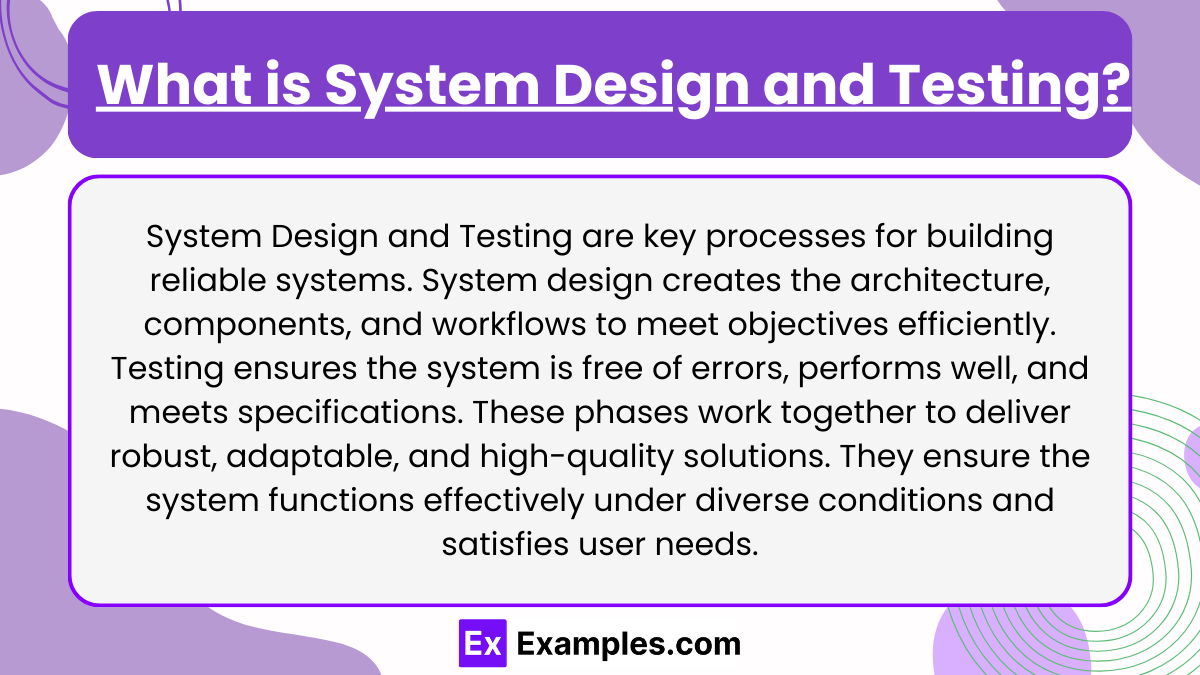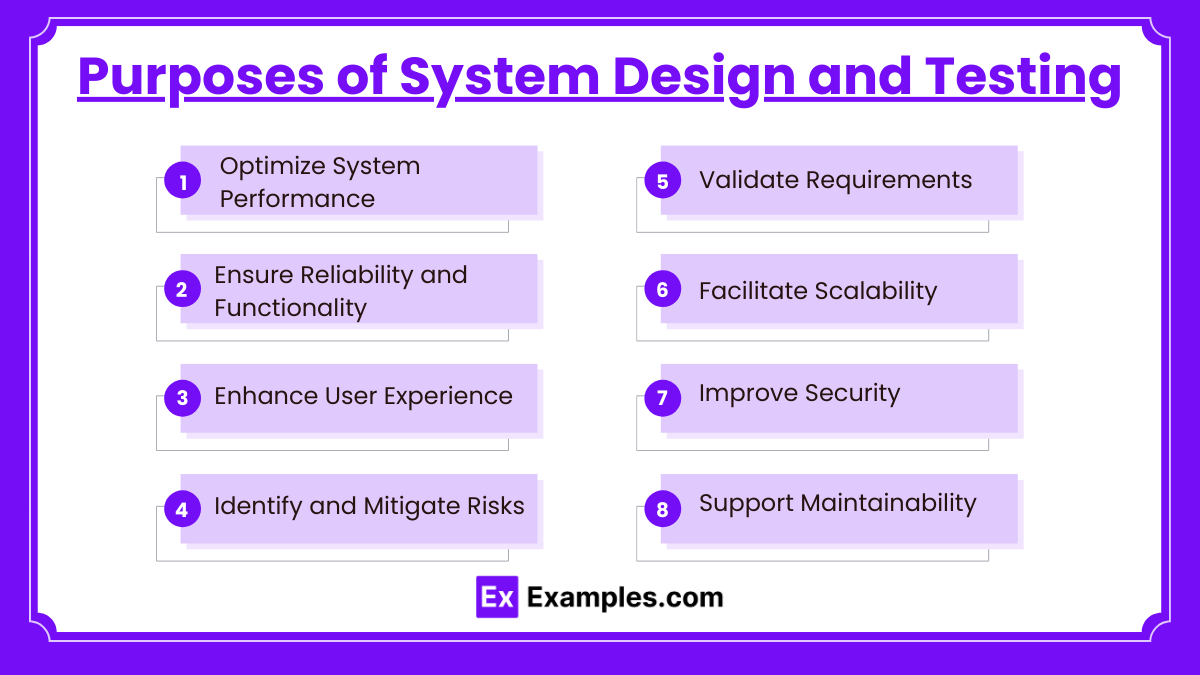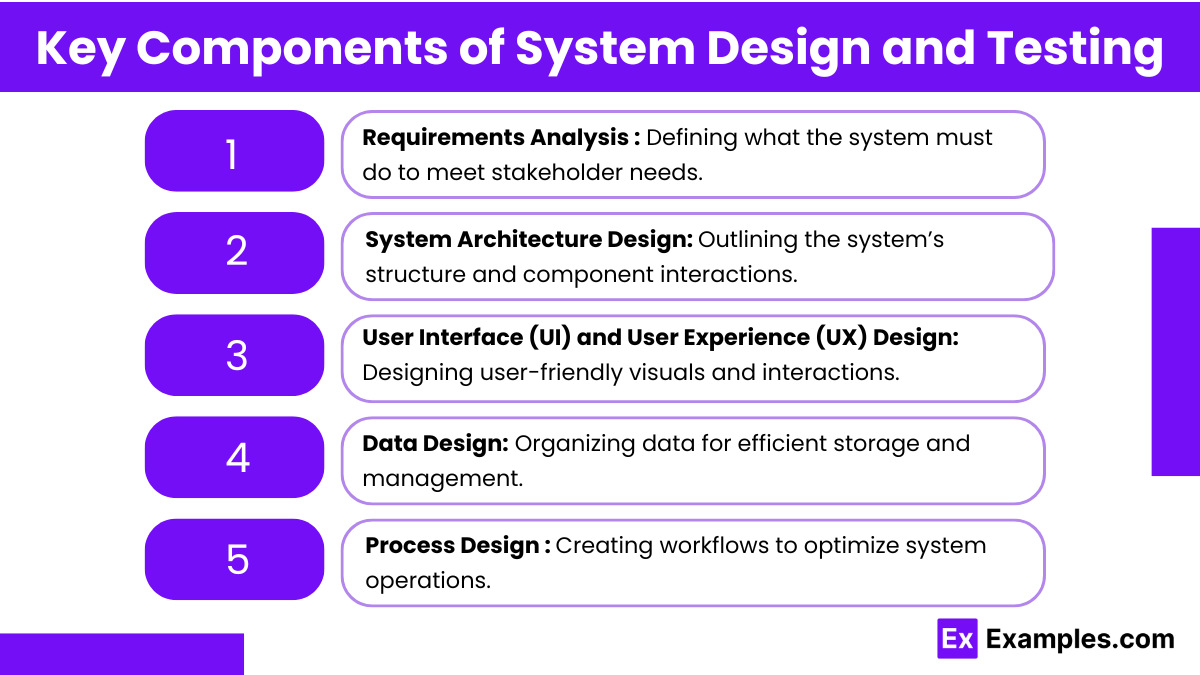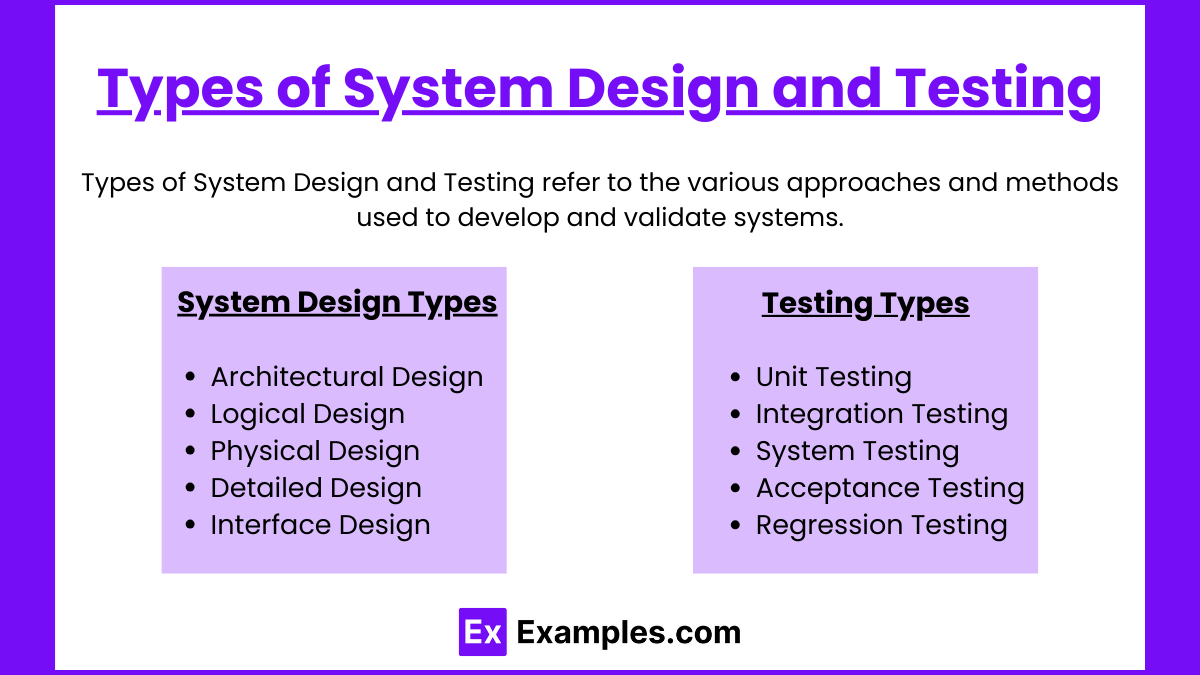Preparing for the CMT Exam requires a comprehensive understanding of “System Design and Testing,” a critical aspect of technical analysis. This concept highlights the importance of designing reliable trading systems and thoroughly testing them under various market conditions. System Design and Testing involve evaluating system robustness, optimizing parameters, and ensuring consistent performance to adapt to dynamic trading environments, ensuring the reliability and effectiveness of trading strategies.
Learning Objectives
In studying System Design and Testing for the CMT Exam, you should learn to understand its importance in creating reliable and efficient trading systems. Effective system design requires defining specific rules, integrating relevant indicators, and ensuring adaptability to changing market conditions. Testing methods such as backtesting, walk-forward testing, and stress testing help validate system performance and identify potential weaknesses. This process ensures that trading strategies are optimized, reliable, and capable of reducing risks, which are essential for technical analysis and success in the CMT Exam.
What is System Design and Testing?

System Design and Testing is a critical process in the development and deployment of systems, encompassing the planning, creation, and validation of a system’s architecture and functionality. System design focuses on defining the components, modules, and data flows of a system to meet specified requirements, ensuring a clear blueprint for how the system operates and integrates with other systems. Testing, on the other hand, involves systematically evaluating the system to ensure that all components function correctly, meet user expectations, and can handle real-world scenarios. This process includes various testing methods such as unit testing, integration testing, system testing, and performance testing, each targeting specific aspects of system reliability and efficiency.
Purposes of System Design and Testing

These purposes collectively ensure a robust, reliable, and user-friendly system that aligns with organizational goals.
- Optimize System Performance
System design ensures that all components of the system are well-integrated and optimized for performance. Testing validates this by identifying bottlenecks and inefficiencies. - Ensure Reliability and Functionality
Proper system design creates a blueprint for a reliable and functional system. Testing ensures the system works as intended under various conditions. - Enhance User Experience
By designing systems with usability in mind, and through rigorous testing, the system can be fine-tuned to meet user needs effectively. - Identify and Mitigate Risks
Testing uncovers potential vulnerabilities and errors, reducing the risk of failure in live environments. - Validate Requirements
Ensures that the system design meets the initial requirements and objectives, confirming alignment with business goals. - Facilitate Scalability
A well-designed system is scalable. Testing ensures the system can handle growth in users, data, or transactions. - Improve Security
Testing uncovers security vulnerabilities, ensuring the system can protect sensitive data and withstand cyber threats. - Support Maintainability
System design includes considerations for maintainability, while testing ensures that updates or fixes can be implemented without disrupting functionality.
Key Components of System Design and Testing

These components work together to ensure a well-structured, reliable, and efficient system that meets stakeholder expectations and performs as intended.
- Requirements Analysis
- Identifies functional, non-functional, and technical requirements.
- Ensures alignment with business objectives and user needs.
- System Architecture Design
- Defines the overall structure of the system, including hardware, software, databases, and network configurations.
- Ensures scalability, reliability, and efficiency.
- User Interface (UI) and User Experience (UX) Design
- Focuses on creating intuitive, accessible, and user-friendly interfaces.
- Incorporates feedback to enhance user satisfaction.
- Data Design
- Includes database schema, data flow diagrams, and data storage mechanisms.
- Ensures data integrity, security, and accessibility.
- Process Design
- Maps workflows, system processes, and interactions between components.
- Ensures seamless operations and efficient task execution.
Types of System Design and Testing

System Design Types
- Architectural Design
- Focuses on the high-level structure of the system.
- Involves defining modules, components, and their interactions.
- Ensures scalability, maintainability, and performance.
- Logical Design
- Represents the data flow, inputs, and outputs of the system.
- Focuses on what the system should do without specifying how.
- Includes data models and functional specifications.
- Physical Design
- Details the actual hardware and software implementation.
- Specifies database schemas, server configurations, and network setups.
- Addresses physical deployment and system integration.
- Detailed Design
- Focuses on individual modules or components.
- Defines algorithms, data structures, and specific workflows.
- Ensures alignment with architectural and logical designs.
- Interface Design
- Specifies how users and other systems interact with the system.
- Includes user interface (UI) and application programming interface (API) design.
- Ensures usability and accessibility.
Testing Types
- Unit Testing
- Tests individual components or modules in isolation.
- Ensures each module performs as expected.
- Typically automated using tools like JUnit or NUnit.
- Integration Testing
- Verifies interactions between modules or components.
- Detects interface issues and data flow errors.
- Can use techniques like top-down, bottom-up, or sandwich testing.
- System Testing
- Tests the complete and integrated system.
- Ensures the system meets functional and non-functional requirements.
- Includes performance, reliability, and security testing.
- Acceptance Testing
- Conducted to determine if the system satisfies business requirements.
- Includes User Acceptance Testing (UAT) and operational acceptance testing.
- Final step before the system goes live.
- Regression Testing
- Ensures new changes do not affect existing functionalities.
- Conducted after bug fixes or feature enhancements.
- Often automated for efficiency.
Examples
Example 1. Enhancing User Experience in Software Applications
System design and testing play a crucial role in creating software that aligns with user needs and expectations. For instance, when designing a mobile application, the system architecture must accommodate scalability and responsiveness. During testing, usability tests can ensure that the interface is intuitive and user-friendly. This iterative process identifies potential bottlenecks and optimizes the system for enhanced performance, improving user satisfaction.
Example 2. Ensuring Reliability in Automotive Systems
Modern vehicles rely heavily on embedded systems for functionalities like engine control and advanced driver assistance systems (ADAS). System design involves creating these systems with safety and efficiency in mind. Testing ensures that these designs are reliable under various conditions, such as extreme temperatures or high-speed scenarios. This comprehensive validation process minimizes the risk of failures and enhances road safety.
Example 3. Developing Scalable Cloud-Based Solutions
Cloud computing solutions demand robust system design to handle large-scale data and fluctuating workloads. For example, designing a multi-tenant architecture allows efficient resource allocation across users. Rigorous testing, such as load testing and stress testing, ensures the system can handle peak traffic without downtime. This approach ensures scalability and resilience, catering to enterprise-level needs.
Example 4. Improving Healthcare Technologies
In healthcare, system design is integral to developing medical devices like patient monitoring systems. These designs must comply with stringent regulations and provide real-time data accuracy. Testing verifies that the system meets these requirements under diverse scenarios, such as power outages or wireless interference. This ensures that the devices function reliably, safeguarding patient lives.
Example 5. Optimizing E-Commerce Platforms
An e-commerce platform’s success heavily depends on its system design and testing. For instance, the backend design must support secure transactions and quick database queries. Performance testing validates the system’s response times during high sales periods, such as Black Friday. By identifying and addressing vulnerabilities, businesses can deliver seamless shopping experiences and foster customer trust.
Practice Questions
Question 1
What is the primary goal of system design in software development?
A) To fix bugs in the code
B) To define the architecture and components of the system
C) To write detailed test cases for the system
D) To analyze user feedback after deployment
Correct Answer: B) To define the architecture and components of the system
Practice QuestionsExplanation:
System design is the process of planning the structure and components of a system to meet specified requirements. It involves defining the architecture, interfaces, data flows, and hardware/software interactions. This step ensures the system is scalable, efficient, and aligned with the project’s objectives. While testing, bug fixing, and user feedback analysis are important, they occur in other stages of development.
Question 2
Which of the following is a common type of testing used to ensure system performance under high workloads?
A) Unit Testing
B) Stress Testing
C) Regression Testing
D) Usability Testing
Correct Answer: B) Stress Testing
Explanation:
Stress testing evaluates a system’s performance under extreme conditions, such as high user traffic or resource demands, to identify potential points of failure. This testing ensures the system remains functional and stable even during peak usage. Other types of testing, like unit testing, focus on individual components; regression testing ensures new code changes don’t break existing functionality, and usability testing assesses user experience, not system performance.
Question 3
Why is testing critical in the system design lifecycle?
A) To eliminate the need for documentation
B) To ensure that the system meets specified requirements and functions correctly
C) To reduce the time spent on development
D) To allow the system to bypass regulatory compliance
Correct Answer: B) To ensure that the system meets specified requirements and functions correctly
Explanation:
Testing is integral to the system design lifecycle because it verifies that the system meets the requirements defined during the design phase and performs as intended. It helps identify and fix issues early, ensuring reliability, security, and efficiency. Proper testing can also enhance user satisfaction and compliance with industry standards. Reducing documentation or bypassing compliance would compromise the system’s quality and reliability.


